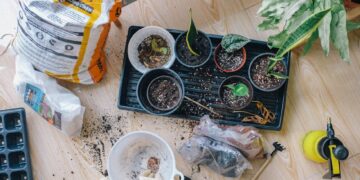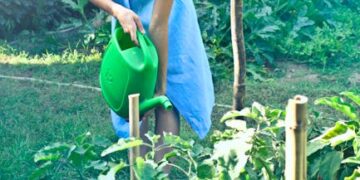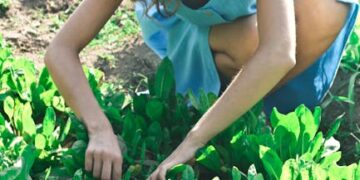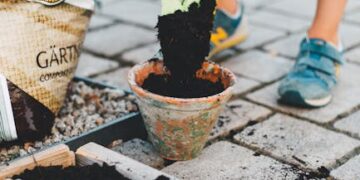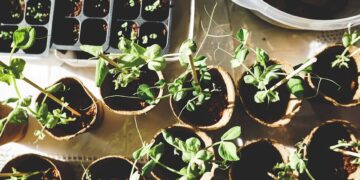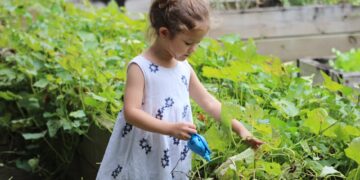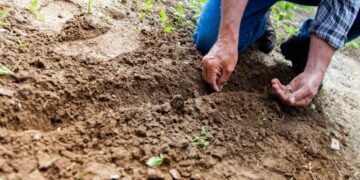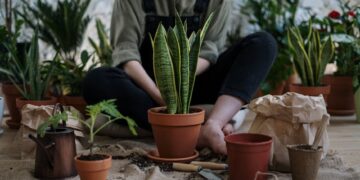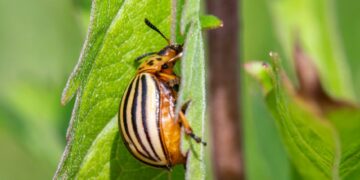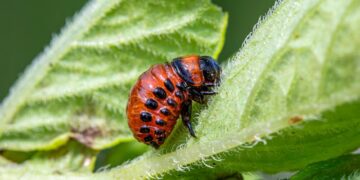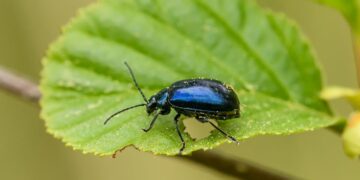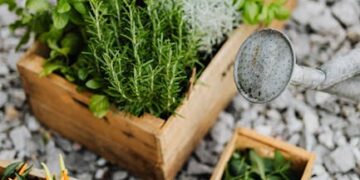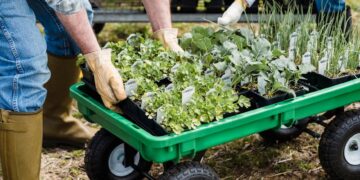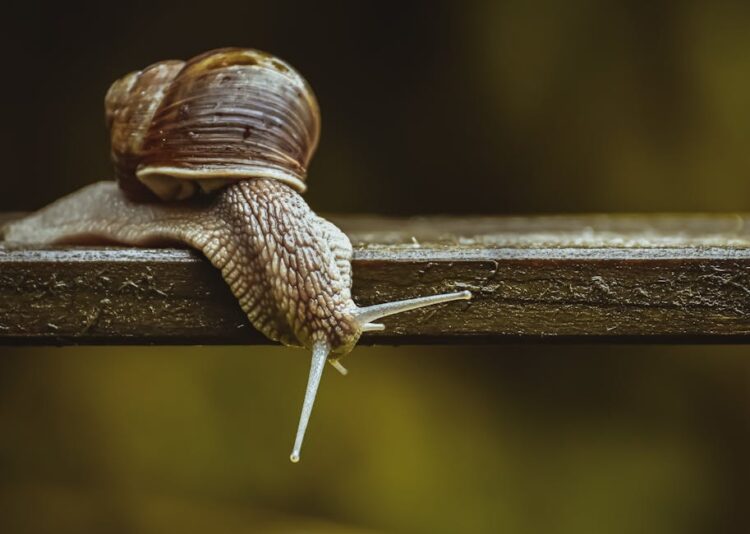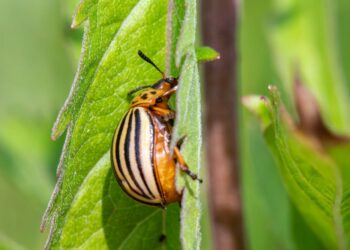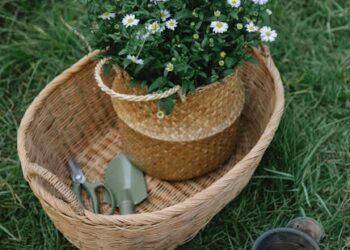Mastering Garden Disease Treatment: Effective Solutions for Healthy Plants
Whether you’re a seasoned gardener or just starting out, the health of your plants is crucial for a rewarding garden experience. Understanding and treating common garden diseases is not only essential for maintaining vibrant and productive plants, but it is also crucial for ensuring the long-term sustainability of your garden environment.
Understanding Garden Diseases
Garden diseases can strike unexpectedly and can be caused by a variety of factors including fungi, bacteria, and viruses. Symptoms might range from mild discoloration and spots to severe wilting or even plant death. Recognizing these signs early is the first step in effective disease management.
Common Signs of Plant Diseases
- Discoloration: Yellowing or browning of leaves can indicate a nutrition deficiency or disease.
- Spots: Watch for unusual spots or patches on leaves or stems, which are often caused by fungal infections.
- Wilting: This could indicate a watering issue or a more serious root disease.
- Stunted Growth: If your plants are not growing as expected, it could be due to a disease restricting nutrient uptake.
Preventative Measures
Prevention is always better than cure. By taking proactive steps, you can minimize the occurrence of plant diseases and reduce the impact on your garden.
1. Proper Plant Selection
Begin with disease-resistant plant varieties. These plants have been bred to resist specific pathogens and will require less chemical intervention.
2. Optimal Watering Practices
Avoid overwatering and ensure proper drainage. Water at the base of plants rather than overhead to prevent moisture on foliage, which can lead to fungal infections.
3. Appropriate Spacing and Rotation
Avoid crowding plants to ensure adequate air circulation. Rotating crops each year can also prevent the buildup of soil-borne diseases.
Effective Treatment Strategies
When prevention isn’t enough, having an effective treatment strategy in place is crucial. Here are several approaches to managing garden diseases once they appear.
Identifying the Disease
Accurate diagnosis is key to effective treatment. Take a sample of the affected plant to a local extension office or use online resources to match symptoms with specific diseases.
Chemical Treatments
Use fungicides and bactericides wisely. Always follow label directions and try to select organic options when possible, which are less harsh on the environment.
Natural Remedies
Many gardeners prefer natural treatments such as neem oil, sulfur, or baking soda solutions. These can be effective for mild issues and are generally safer for the garden ecosystem.
Recovery and Maintenance
After treating diseases, it’s important to help your garden recover and prevent future outbreaks.
Soil Health
Revitalize your soil by adding organic matter, such as compost, which can improve its structure and nutrient content, supporting stronger plant growth.
Monitoring
Keep a close eye on your plants after treatment. Early detection of any recurrent or new diseases can make all the difference.
Continuous Learning
Stay informed about new treatment methods and products. Gardening practices evolve, and staying updated can help you maintain healthy plants.
Implementing Integrated Pest Management (IPM)
IPM is a holistic approach that involves multiple strategies to manage pests and diseases, including monitoring, biological controls, mechanical methods, cultural methods, and chemical treatments, in a way that minimizes risks to human health, beneficial organisms, and the environment.
Benefits of IPM
- Eco-friendly: Reduces reliance on chemical treatments.
- Cost-effective: Prevents large-scale damage, reducing the need for significant investments in treatment.
- Sustainable: Promotes long-term health of the garden ecosystem.
Conclusion
Mastering garden disease treatment involves a combination of prevention, timely intervention, and continuous care. By implementing the strategies discussed, you can ensure that your garden remains a vibrant, productive space that is resilient against disease and sustainable for years to come.
Remember, every plant and garden situation is unique, so adapt these guidelines to fit your specific conditions and challenges. With patience and persistence, you can develop a thriving garden that brings joy and beauty to your home environment.

